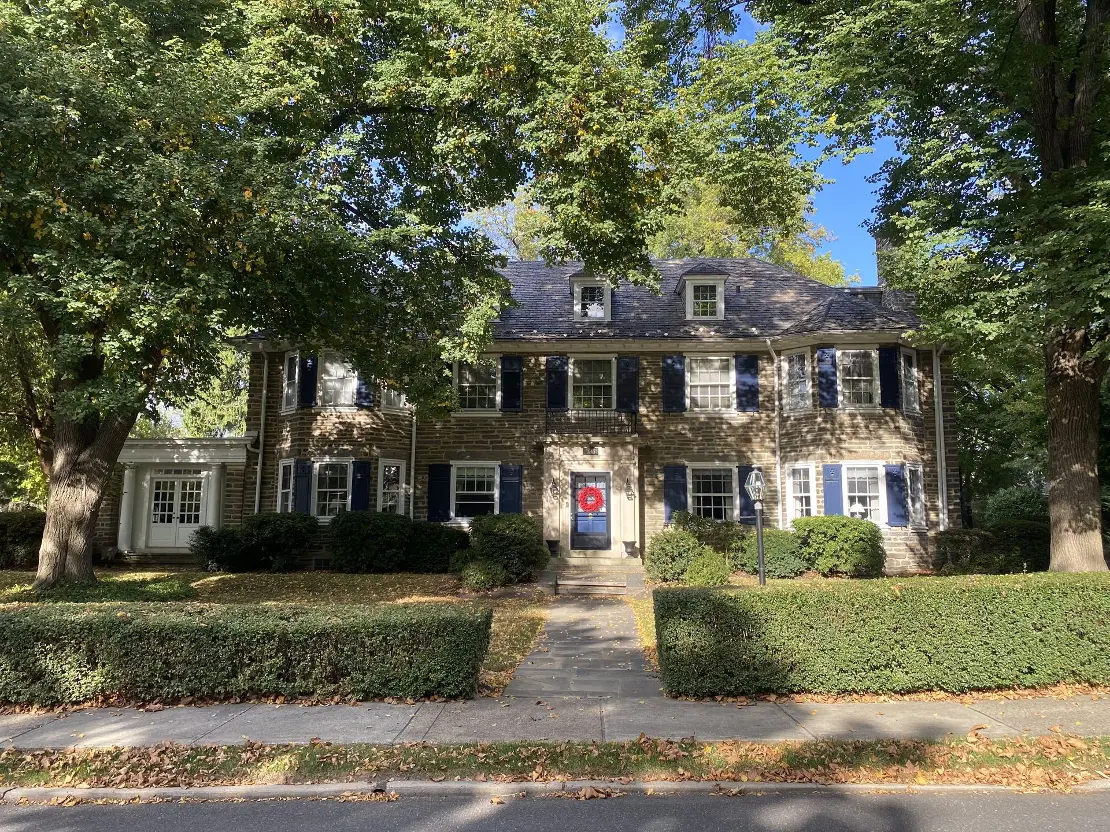The Evolution of Jenkintown: A Journey Through Real Estate and Construction
Early Foundations: From Welsh Settlement to Colonial Town
Welsh Pioneers and First Homes in Jenkintown
Jenkintown's story begins in the late 17th century when Welsh pioneer William Jenkins settled in the area around 1697. The first homes in Jenkintown, PA, were simple yet sturdy structures, built to withstand harsh Pennsylvania winters. These early houses, constructed from local materials, laid the foundation for the diverse architectural landscape we see today. These materials may have included:
- Wood: Timber from local forests, particularly oak, pine, and chestnut, would have been used for framing, flooring, and roofing.
- Stone: Local fieldstone or quarried stone was commonly used for foundations and sometimes entire walls. Limestone and sandstone were prevalent in the region.
- Clay: Used for making bricks and as mortar between stones.
- Wattle and daub: A mixture of clay, sand, and straw used to fill in walls between wooden frames.
- Lime: Produced by burning limestone, used in mortar and plaster.
- Animal hair: Often mixed into plaster to provide reinforcement.
Growth and the Stagecoach Era
As the 18th century progressed, Jenkintown began to take shape as a distinct community. The establishment of Sarah Jenkins' Tavern, a crucial stagecoach stop, became a catalyst for local real estate development. This period saw the construction of more substantial homes and businesses, attracting settlers and travelers alike.
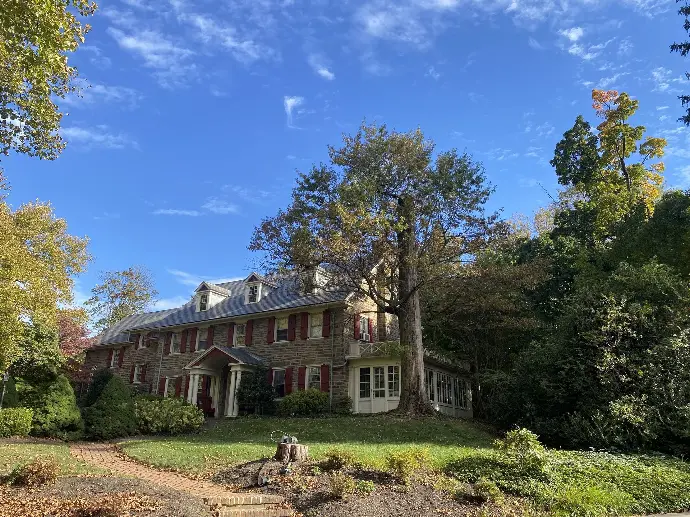
The 19th Century: Railroad Revolution and Borough Incorporation
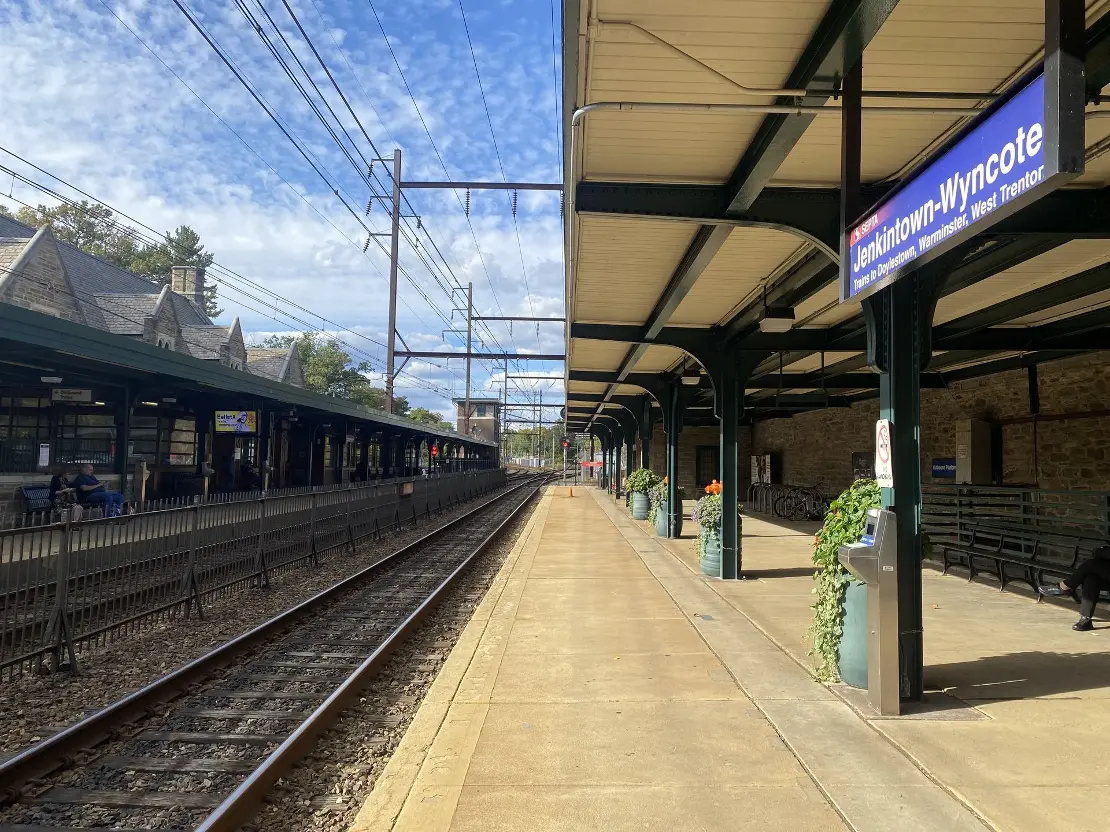
Railroad Arrival and Housing Boom
The arrival of the North Pennsylvania Railroad in 1857 transformed Jenkintown's real estate landscape. This development spurred a construction boom, with new homes in Jenkintown, PA, springing up to accommodate the influx of residents. The town's layout began to take on a more organized form, with streets and neighborhoods developing around the railroad station.
Borough Incorporation and Architectural Diversity
Jenkintown's incorporation as a borough in 1874 marked a significant milestone in its development. This period saw the introduction of Victorian-style architecture, with ornate details and more substantial homes reflecting the growing prosperity of the community. Houses in Jenkintown, PA, from this era still stand today, offering residents a chance to own a piece of history.
The Golden Age: Late 19th to Early 20th Century
Residential Expansion
Between 1900 and 1940, Jenkintown experienced a remarkable 140% increase in its population, accompanied by a surge in housing development. This period saw the construction of many homes in Jenkintown, PA, that still define its character today. Architectural styles diversified, with Queen Anne, Craftsman, and Colonial Revival homes becoming popular choices for new residents.
Commercial and Institutional Growth
The early 20th century also saw significant commercial and institutional development. New shops, offices, and public buildings were erected to meet the needs of the growing population. This growth enhanced Jenkintown's appeal as a residential community, offering residents a perfect blend of small-town charm and urban conveniences.

Mid-20th Century: Suburban Expansion and Retail Hub
The "Golden 2½ Miles"
From the mid-1950s until the early 1980s, Jenkintown emerged as a major retail hub. The "Golden 2½ Miles" along Old York Road, with its five major department stores, brought economic prosperity and further residential development. These included the following:
- Bonwit Teller (later replaced by Bloomingdale's)
- Lord & Taylor
- Strawbridge & Clothier
- Sears (in neighboring Abington)
- Wanamaker's (also in Abington)
Houses in Jenkintown, PA became increasingly desirable due to the town's growing amenities and convenient location.
Pictured Below: Strawbridge & Clothier, now including Outback Steakhouse and a number of other businesses on Old York Road.
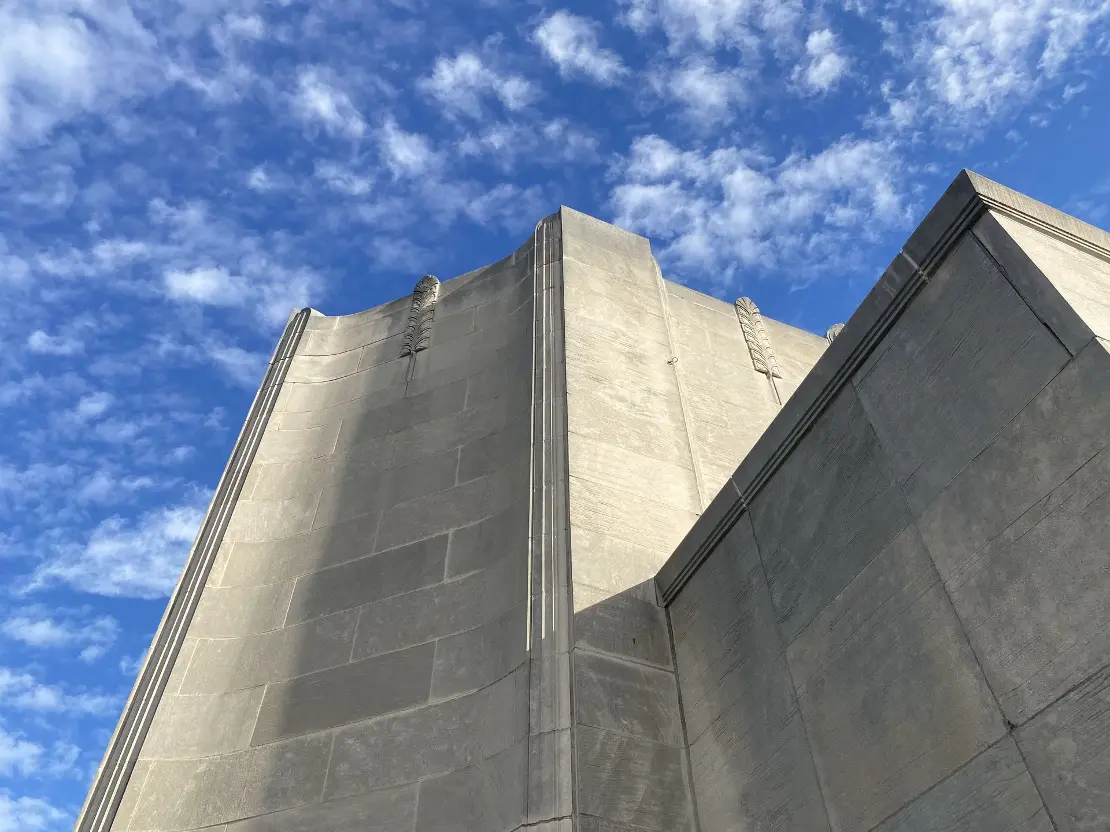
Evolving Residential Landscape in Jenkintown
As the automobile became more prevalent, Jenkintown's development patterns shifted. New subdivisions featuring larger lots and homes designed for car-owning families expanded the town's residential offerings. This period saw a mix of housing styles, from traditional to mid-century modern, catering to diverse preferences.
Late 20th Century to Present: Adaptation and Revitalization
Preserving Historic Homes in Jenkintown
In recent years, Jenkintown has placed a strong emphasis on preserving its historic character. Many historic homes in Jenkintown, PA have been lovingly restored, preserving the town's unique architectural heritage. The Jenkintown-Wyncote train station's addition to the National Register of Historic Places in 1993 reflects this commitment to honoring the past.
Modern Real Estate Trends
As of September 2024, Jenkintown's real estate market remains strong:
- The median home sold price was $485,000, up 8.5% from the previous year.
- Homes spent an average of 34 days on the market, indicating high demand.
These statistics highlight the enduring appeal of houses in Jenkintown, PA for both long-time residents and newcomers.
Jenkintown Today: A Blend of Old and New
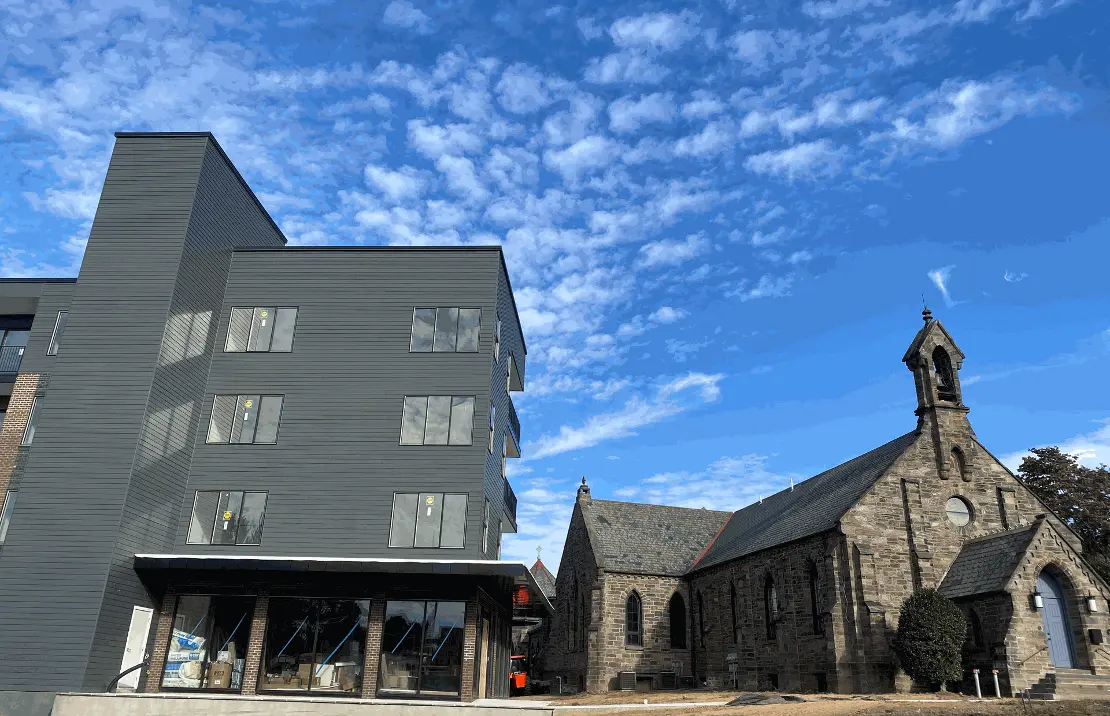
Diverse Housing Options
Today, Jenkintown offers a rich tapestry of housing options. From historic Victorian mansions to charming craftsman bungalows and modern developments, homes in Jenkintown, PA cater to a wide range of preferences and budgets. The town's walkable nature remains a key selling point.
Community Amenities
Jenkintown boasts excellent community amenities that enhance the value of homes in the area:
- The highly-rated Jenkintown School District
- Historic attractions like the Hiway Theatre
- A vibrant downtown with local businesses and restaurants
Why Choose Jenkintown?
For those considering houses in Jenkintown, PA:
- An ever increasing sense of community, featuring a lovely town square with festivals, fairs, and more.
- Proximity to Philadelphia with easy commuting options, including the historic Jenkintown train station.
- A perfect blend of historic charm and modern conveniences
- Stable property values and ongoing community improvements
Jenkintown : A Living History of Real Estate and Construction
Jenkintown Home Renovation Expertise
Choosing local experts for home renovations in Jenkintown is vital for preserving the town's unique architectural heritage. With a rich mix of Victorian and mid-century modern homes, understanding the specific materials and construction techniques used in these eras is crucial. Local home renovation specialists possess the knowledge to address challenges that arise when working with older properties, ensuring that distinctive features like stone facades and large windows are preserved while integrating modern amenities.
Additionally, these professionals are familiar with Jenkintown's building codes and permit processes, which helps streamline renovations and avoid delays. By partnering with experienced home renovators who appreciate the town's architectural evolution, homeowners can enhance their living spaces while contributing positively to the neighborhood’s aesthetic. Ultimately, investing in local expertise ensures that renovations are contextually appropriate and honor Jenkintown’s rich character, resulting in successful, lasting improvements.
And don't forget, this is Neven & Son's Home.
Wrapping Up
Jenkintown's journey from a small Welsh settlement to a thriving suburban borough is a fascinating study in real estate evolution. Each era has left its mark on the town's landscape, creating a unique community that continues to attract new residents while cherishing its long-time inhabitants. As we look to the future, Jenkintown's real estate market is poised for continued success. The town's commitment to preserving its historic character while adapting to modern needs ensures that homes in Jenkintown will remain desirable for generations to come. Whether you're a current resident or considering a move, Jenkintown offers diverse housing options and a community that truly feels like home.
